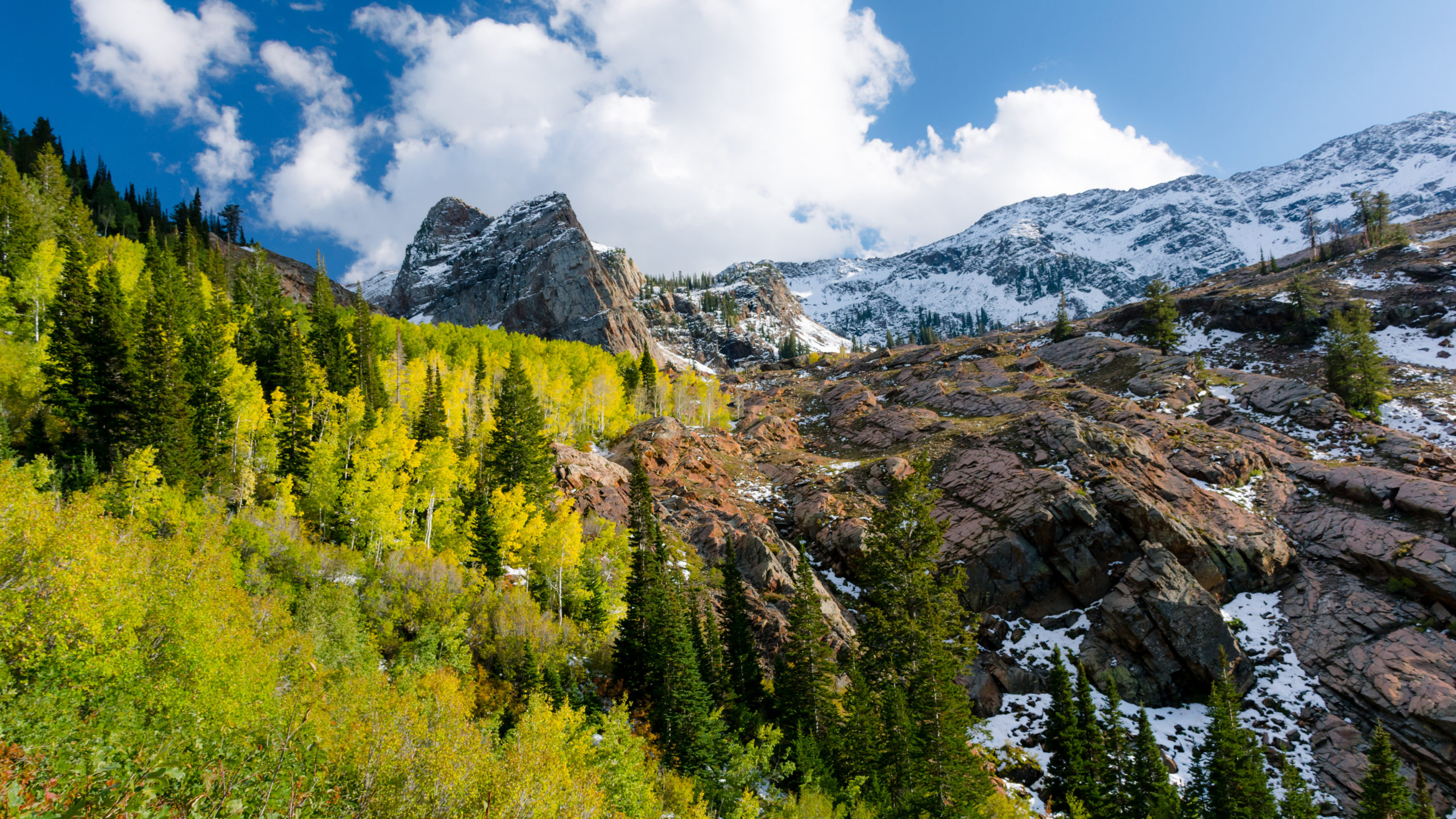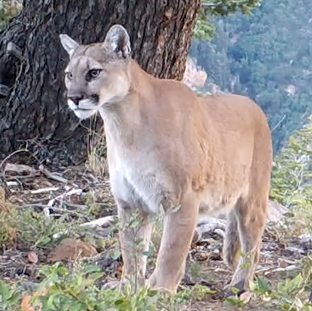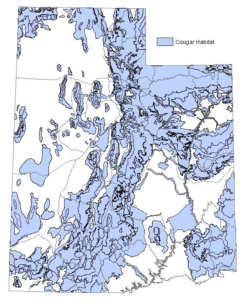Species Status
The species is classified as a game animal, along with any “wildlife normally pursued, caught, or taken by sporting means for human use.”
The species also is covered by Utah’s definition of “protected wildlife,” along with crustaceans, mollusks, and other vertebrate animals living in nature, except feral animals.
State Law
Generally, treatment of wildlife in the State of Utah is governed by the Utah Code — the state’s collection of laws. Utah’s department rules and regulations can be found in the Utah Administrative Code. Since our summary below may not be completely up to date, you should be sure to review the most current law for the Utah.
You can check the statutes directly at a state-managed website: https://le.utah.gov/ These statutes are searchable. Be sure to use the name “cougar” to accomplish your searches.
State Regulation
Utah’s Wildlife Resources regulations are found in the Natural Resources section of the Utah Administrative Code. The Utah Wildlife Board sets these regulations.
Utah Wildlife Board
The Utah Wildlife Board is a seven-member board whose members are appointed by the governor and confirmed by the Utah Senate. The Director of the Division of Wildlife Resources serves as the board’s executive secretary but may not vote on policies. The board is assisted by Regional Advisory Councils. Board members serve 6-year terms. Terms are staggered so that approximately one-third of the board members are appointed every 2 years. The governor selects board members from a list submitted by the Wildlife Board Nominating Committee, an 11-member body whose members are appointed by the governor. No more than two board members may reside in the same wildlife region; members from the same region are appointed at different times so their terms do not expire in the same year. Board members must have expertise in at least one of the following areas: wildlife management or biology; habitat management, including range or aquatic; business, including knowledge of private land issues; or economics, including knowledge of recreational wildlife uses. There are no political diversity rules regarding the board’s composition.
Utah Division of Wildlife Resources
The Utah Division of Wildlife Resources (UDWR) is part of the Utah Department of Natural Resources. The division enforces the Utah Wildlife Board’s regulations. The division is tasked with acting as the trustee and custodian of protected wildlife.
Management Plan
The Utah Cougar Management Plan V.3 is slated to serve the state until 2025. The plan was adopted in 2015. It was written by the Utah Cougar Advisory Group with the goal of “maintain[ing] a healthy cougar population within existing occupied habitat while considering human safety, economic concerns, and other wildlife species through 2025.” Management plans are prepared on the orders of the Utah Division of Wildlife Resources and is then used to direct the UDWR’s management of mountain lions.
Hunting Law
Hunting of mountain lions is allowed in the State of Utah. The regulations governing “recreational” hunting of mountain lions specify 96 cougar hunting units. Mountain lion hunting season generally runs from November 7 to May 31 unless the total quota or female quota is met in areas with harvest objectives before the season ends. Hound hunting is allowed.
Utah allows the hunting of mountain lions with any firearm not capable of being fired fully automatic and bows. Utah also allows disabled hunters to use crossbows.
Utah’s list of regions where mountain lions may be hunted and maps of those regions can be found here.
Quotas are set by the Utah Wildlife Board after receiving input from UDWR biologists. The board also receives input from the public and interest groups through the Regional Advisory Councils.
Public Safety Law
Utah allows people to kill or seriously injure a mountain lion when “when the person reasonably believes such action is necessary to protect them self, another person, or a domestic animal against an imminent attack by the wild animal that will likely result in severe bodily injury or death to the victim.” The person must then notify the UDWR within 12 hours. The mountain lion’s body or any parts of it may not be removed from the site, repositioned, retained, sold, or transferred without written authorization from the division.
Depredation Law
Depredation in Utah is monitored by the Utah Division of Wildlife Resources. The regulation specifies that the livestock’s owner, a member of the owner’s family, or regular employee of the owner may kill a mountain lion that is attacking or has been attacking livestock. The owner may also notify either the UDWR or the US Department of Agriculture (USDA) of the depredation and a local hunter or a USDA Wildlife Services specialist will be appointed to kill the depredating lion. The carcass must be delivered to the UDWR within three days. The UDWR may allow the individual to keep the mountain lion’s body if he/she wishes, but an individual may only keep one mountain lion per year.
Owners of domestic animals are required to take certain steps to protect their pets or livestock, including paying an annual fee to cover the costs of the Utah Department of Agriculture and Food’s predator control services. Those who fail to pay the fees may receive only minimal levels of service. There is a government-funded compensation program for losses of domestic animals to mountain lions.
Trapping
Beginning in May 2023, HB0469 made it legal to trap mountain lions for fur in Utah.
Poaching
Poaching laws in the State of Utah provides some protection of mountain lions in law, but only as a deterrent. It is rare for penalties to be sufficiently harsh to keep poachers from poaching again. Utah lists the killing of a mountain lion while trespassing as a class B misdemeanor, which can be punished with up to 6 months of imprisonment. The state considers “wanton destruction” of a mountain lion to be a class A misdemeanor, for which the offender may be imprisoned for up to one year. Utah law recommends that those who illegally kill or possess a mountain lion be fined at least $350 per animal.




